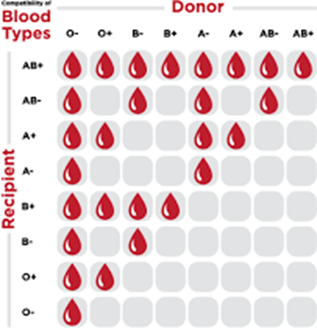A nurse is contributing to the plan of care for an adolescent client.
Which of the following actions should the nurse identify as part of the plan of care? Select all that apply.
Provide oxygen at 6 L/min via nasal cannula.
Apply cold compresses to joints.
Perform passive ROM exercises.
Administer IV fluids
Obtain consent for a blood transfusion
Restrict fluid intake to 1,400 mL/day
Administer meperidine
Encouraging bedrest
Correct Answer : B,C,G,H
A. Providing oxygen at 6 L/min via nasal cannula is not indicated based on the information provided. The client denies shortness of breath, and vital signs are within normal limits.
B. Applying cold compresses to joints can help reduce swelling and alleviate pain in the extremities.
C. Performing passive range of motion (ROM) exercises is appropriate to maintain joint flexibility and prevent contractures.
D. Administering IV fluids is not explicitly indicated based on the information provided. Fluid management should be individualized based on the client's condition and underlying factors.
E. Obtaining consent for a blood transfusion is not necessary unless the client has severe anemia or bleeding.
F. Restricting fluid intake to 1,400 mL/day may cause dehydration and electrolyte imbalance.
G. Administering meperidine (a narcotic analgesic) may be considered for pain relief.
H. Encouraging bedrest is appropriate to minimize joint stress and promote healing, especially when there is pain and swelling in the extremities.
Nursing Test Bank
Naxlex Comprehensive Predictor Exams
Related Questions
Correct Answer is B
Explanation
A. Type AB blood is the universal plasma donor but is not typically used for packed red blood cell transfusions.
B. Type O negative (O-) is the universal donor for packed red blood cells and can be administered to patients of any blood type in an emergency.
C. Type A blood is not universally compatible and should be matched for the ABO system.
D. Type B blood is not universally compatible and should be matched for the ABO system.

Correct Answer is D
Explanation
A. Fever is not a common side effect of allopurinol.
B. Allopurinol is usually taken with food to minimize gastrointestinal upset.
C. If a rash develops, the client should stop taking allopurinol and notify their healthcare provider rather than self-medicating with an antihistamine.
D. Drinking an adequate amount of water helps prevent kidney stones, a potential side effect of allopurinol.
Whether you are a student looking to ace your exams or a practicing nurse seeking to enhance your expertise , our nursing education contents will empower you with the confidence and competence to make a difference in the lives of patients and become a respected leader in the healthcare field.
Visit Naxlex, invest in your future and unlock endless possibilities with our unparalleled nursing education contents today
Report Wrong Answer on the Current Question
Do you disagree with the answer? If yes, what is your expected answer? Explain.
Kindly be descriptive with the issue you are facing.
